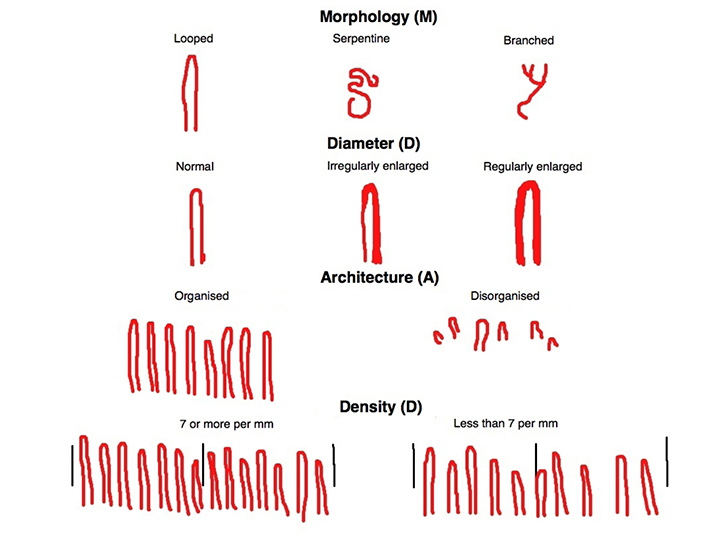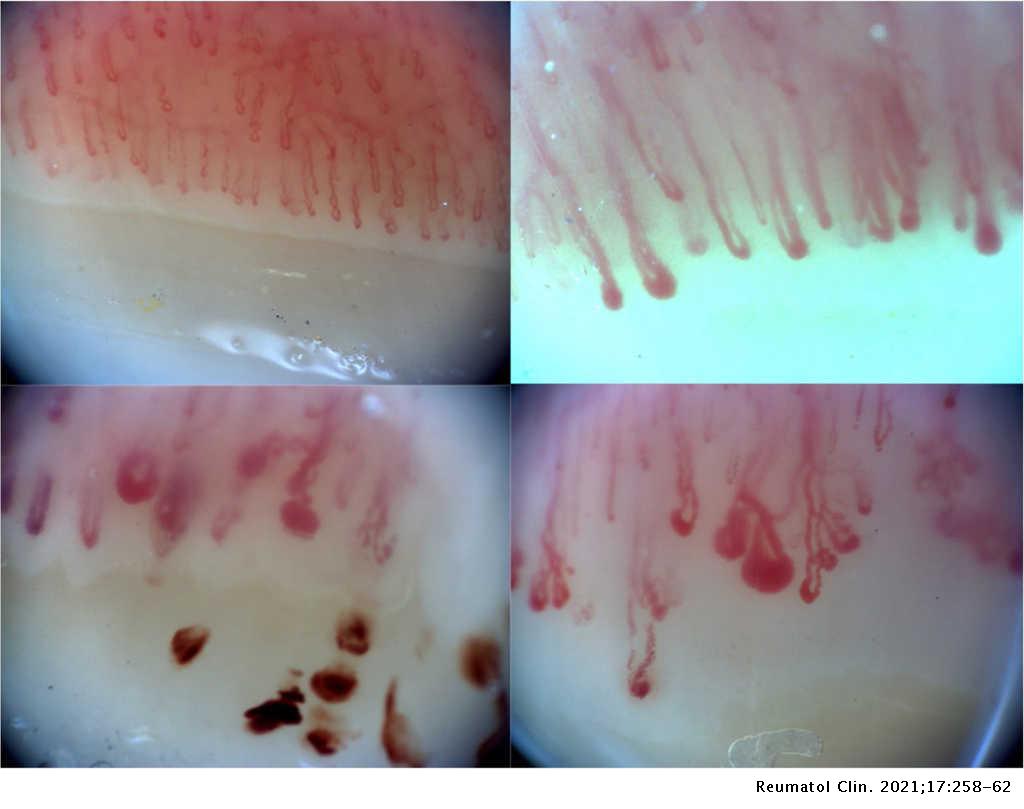nailfold capillaroscopy peripheral vascular disease
Nailfold capillaroscopy is a non-invasive procedure used to evaluate the small blood vessels (capillaries) in the skin around the nails. It is often used to diagnose and monitor peripheral vascular disease, a condition that affects the blood vessels in the arms, legs, and other parts of the body.
Peripheral vascular disease is caused by a narrowing or blockage of the blood vessels, which can reduce blood flow to the affected area. It can cause a range of symptoms, including pain, numbness, and weakness in the arms and legs.
During nailfold capillaroscopy, the healthcare provider will use a special microscope called a capillaroscope to examine the capillaries in the nailfold (the skin surrounding the base of the nail). The capillaroscope magnifies the capillaries and allows the healthcare provider to see abnormalities in their structure and function.
To perform nailfold capillaroscopy in a patient with peripheral vascular disease, the healthcare provider will follow these steps:
- Gather the necessary equipment and supplies, including a capillaroscope, lubricant, and cotton balls or gauze.
- Clean the skin around the nails with an antiseptic solution.
- Apply a drop of oil or other lubricant to the nailfold.
- Gently press on the nailfold with the capillaroscope to make the capillaries more visible.
- Examine the capillaries using the capillaroscope, looking for abnormalities such as dilated or damaged capillaries, capillary loop abnormalities, and changes in capillary density.
- Document the findings in the patient’s medical record.
- Clean and sterilize the equipment and dispose of any hazardous materials according to established protocols.
Nailfold capillaroscopy is a safe and painless procedure with minimal risks. It is usually performed as an outpatient procedure and takes only a few minutes to complete. It can provide valuable information about the severity and progression of peripheral vascular disease and help guide treatment decisions.


Related Items


